
NZ AU GB IE

NZ AU GB IE
Important!
SAVE THESE INSTRUCTIONS
The models shown in this user guide may not be available in all markets and are subject to change at any time. For current details about model and specification availability in your country, please visit our local website listed on the back cover or contact your local Fisher & Paykel dealer.
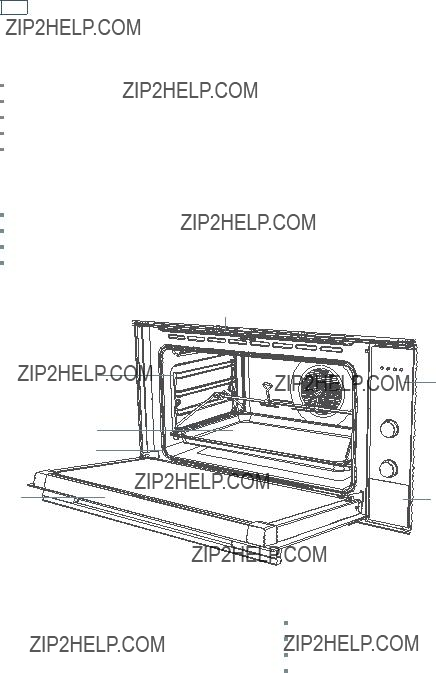
2 Introduction
Congratulations on your new purchase. Your Fisher & Paykel IZONA CookSpace oven has a number of features to make cooking a great experience for you:
a choice of eight oven functions, including Rotisserie
a convenient,
illuminated halos around the dials for visual feedback
preference settings ??? see ???User preference settings??? and ???Sabbath setting???.
Before you start
Make sure the installer has completed the ???Final checklist??? in the Installation instructions. Read this guide, taking special note of the ???Safety and warnings??? section.
Remove all the packaging and check that you have all the accessories listed below.
Make sure you follow the instructions under ???Setting the clock and first use??? before using your oven for cooking or baking.
1
5
7
1 Oven vent louvres
2Control panel
3 Stainless steel strip
4Side racks
5 Grill tray and rotisserie
6 Oven door and handle
7Oven seal
Not illustrated:
Baking tray
Grill rack
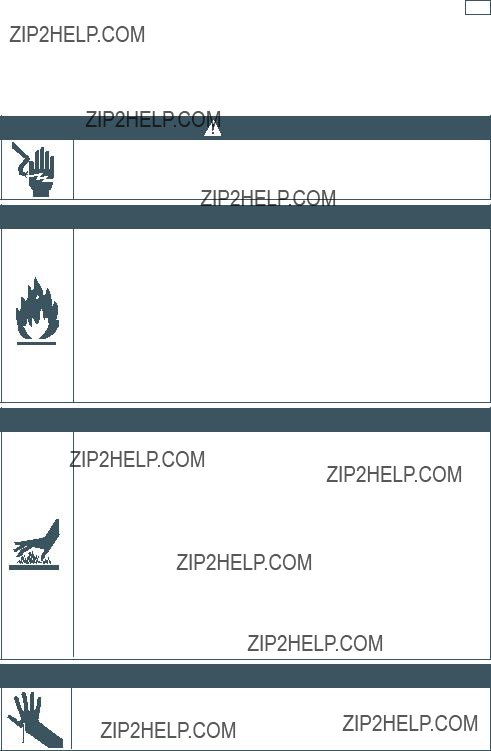
Safety and warnings 3
Operation
Your CookSpace oven has been carefully designed to operate safely during normal cooking procedures. Please keep the following safety instructions in mind when you are using it:
WARNING!
Electrical Shock Hazard
Turn the oven off at the wall before replacing the oven lamp.
Failure to follow this advice may result in death or electrical shock.
 WARNING!
WARNING!
Fire Hazard
Follow the instructions on starting a Self Clean cycle carefully. Items made from combustible materials (for example: wood, fabric, plastic) may catch fire if left in the oven during a Self Clean cycle.
Do not place aluminium foil, dishes, trays, water or ice on the oven floor during cooking, as doing so will irreversibly damage the enamel; lining the oven with aluminium foil may even cause fire.
Never use your appliance for warming or heating the room. Persons could be burned or injured or a fire could start.
Storage in or on appliance: flammable materials should not be stored in an oven or near its surface.
Failure to follow this advice may result in overheating, burning, and injury.
 WARNING!
WARNING!
Hot Surface Hazard
Accessible parts may become hot when in use. To avoid burns and scalds, keep children away.
Use oven mitts or other protection when handling hot surfaces such as oven shelves or dishes.
Use care when opening the oven door. Let hot air or steam escape before removing or replacing food.
Do not touch heating elements or interior surfaces of the oven. Heating elements may be hot even though they are dark in colour. Interior surfaces of an oven become hot enough to cause burns. During and after use, do not touch, or let clothing or other flammable materials contact heating elements or interior surfaces of the oven until they have had sufficient time to cool. Other surfaces of the appliance may become hot enough to cause burns - among these surfaces are the oven vent, the surface near the oven vent, and
the oven door.
Failure to follow this advice could result in burns and scalds.
 WARNING!
WARNING!
Cut Hazard
Take care - some edges are sharp.
Failure to use caution could result in injury or cuts.

4 Safety and warnings
Important safety instructions
To reduce the risk of fire, electrical shock, injury to persons, or damage when using the oven, follow the important safety instructions listed below:
Read all the instructions before using the oven. Use the oven only for its intended purpose as described in these instructions.
Proper installation: be sure your appliance is properly installed and earthed by a qualified technician.
Isolating switch: make sure this oven is connected to a circuit which incorporates an isolating switch providing full disconnection from the power supply.
Household appliances are not intended to be played with by children.
Do not leave children alone. Children should not be left alone or unattended in the area where the appliance is in use. They should never be allowed to sit or stand on any part of the appliance. Children or persons with a disability which limits their ability to use the appliance, should have a responsible person to instruct them in its use. The instructor should be satisfied that they can use the appliance without danger to themselves or their surroundings.
Do not place heavy objects on the oven door.
Wear proper apparel. Do not wear loose fitting or hanging garments when using the appliance. They could ignite or melt if they touch an element or hot surface and you could be burned. User servicing: do not repair or replace any part of the appliance unless specifically recommended in the manual. All other servicing should be referred to a qualified technician. Do not use water on grease fires. Smother the fire or flame or use a dry chemical or foam type extinguisher.
Use only dry oven mitts or potholders. Moist or damp potholders on hot surfaces could result in burns from steam. Do not let potholders touch hot areas or heating elements. Do not use a towel or a bulky cloth for a potholder. It could catch fire.
Do not heat unopened food containers. They can build up pressure that may cause the container to burst and result in injury.
Safe food handling: leave food in the oven for as short a time as possible before and after cooking. This is to avoid contamination by organisms which may cause food poisoning. Take particular care during warm weather.
Always keep oven vents unobstructed.
Do not operate your appliance by means of an external timer or separate

Safety and warnings 5
Important safety instructions
Caution. Hot air can blow from the vent at the top of the oven as part of the oven???s cooling system.
Placement of oven shelves: always position shelves in the desired location while the oven is cool (before preheating). If a shelf must be removed while the oven is hot, do not let the oven mitts or potholder contact hot heating elements in the oven or the base of the oven.
Do not clean the oven seal or use any
Do not use oven cleaners, harsh/abrasive cleaning agents, waxes, or polishes. No commercial oven cleaner, oven liner, or protective coating of any kind should be used in or around any part of the oven. Do not use harsh/abrasive cleaners, scourers or sharp metal scrapers to clean the oven door glass since they scratch the surface, which may result in the glass shattering.
Clean only the parts listed in this manual.
Do not use a steam cleaner to clean any part of the oven.
Before starting a Self Clean cycle, remove oven shelves, side racks, and all other cookware/ utensils, and wipe up large food spills or grease deposits.
Before starting a Self Clean cycle, make sure you move any pet birds to another, closed and well- ventilated room. Some pet birds are extremely sensitive to the fumes given off during a Self Clean cycle, and may die if left in the same room as the oven during such a cycle.
During a Self Clean cycle, the oven reaches higher temperatures than it does for cooking. Under such conditions, the surfaces may get hotter than usual and children should be kept away.
Do not store things children might want above the oven. Children could be burned or injured while climbing on the oven to retrieve items.
Do not install or operate the appliance if it is damaged or not working properly. If you receive a damaged product, contact your dealer or installer immediately.
Use only bakeware approved for oven use. Follow the bakeware manufacturer???s instructions.
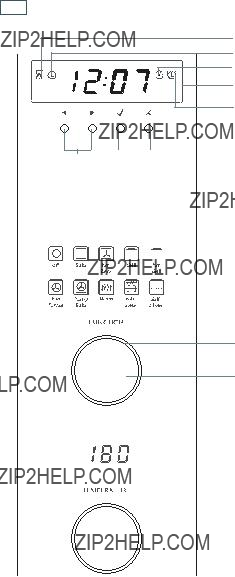
6 The control panel
Timer indicator (see ???Using the timer???)
Clock indicator (see ???Setting the clock and first use???)
Cooking time indicator (see ???Automatic cooking???)
Display
Stop time indicator (see ???Automatic cooking???)
Scroll Select Cancel
 Function indicators (see ???Oven functions???)
Function indicators (see ???Oven functions???)
Function dial halo
Function dial (see ???Using your CookSpace oven???)
Locking the control panel
You can lock the control panel to prevent unintended use (eg children playing with the oven). Doing so will disable the dials and all the buttons.
To lock the control panel
1Make sure the oven is not in use (the function dial is turned to Off  ) and neither automatic cooking nor the timer is set (no indicator is lit in the display).
) and neither automatic cooking nor the timer is set (no indicator is lit in the display).
2Press and hold the select  button until you hear a beep and
button until you hear a beep and
To unlock the control panel
Press and hold the select  or cancel
or cancel  button until you hear a beep and the temperature indicator becomes blank.
button until you hear a beep and the temperature indicator becomes blank.
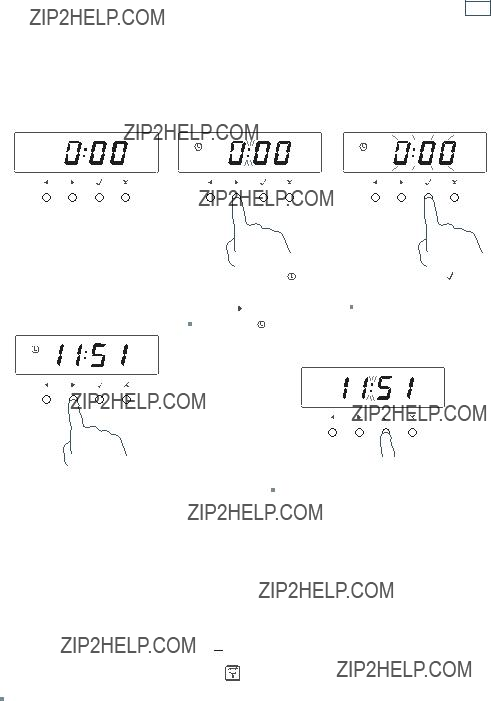
Setting the clock and first use 7
Setting the clock
You will need to set the clock to make full use of your oven.
4Set the time by pressing the scroll 
 buttons. Holding the buttons down will speed up the scrolling.
buttons. Holding the buttons down will speed up the scrolling.
5Press the select  button to confirm.
button to confirm.
The clock  indicator will soon disappear but the clock is now set.
indicator will soon disappear but the clock is now set.
First use: conditioning the oven
It is important to condition your oven before using it for cooking and baking. Conditioning will burn off any manufacturing residues and ensure that you get the best results right from the start.
1Make sure you have set the clock.
2 Slide in the shelves and the grill tray. See ???Using your CookSpace oven??? for instructions.
3Heat the oven for:
30 minutes at 200 oC using Bake  then
then
15 minutes at 200 oC using Fan Grill
There will be a distinctive smell while you are conditioning the oven.
This is normal, but make sure the kitchen is well ventilated during the conditioning.
4Once cooled, wipe out the oven with a damp cloth and mild detergent, and dry thoroughly.
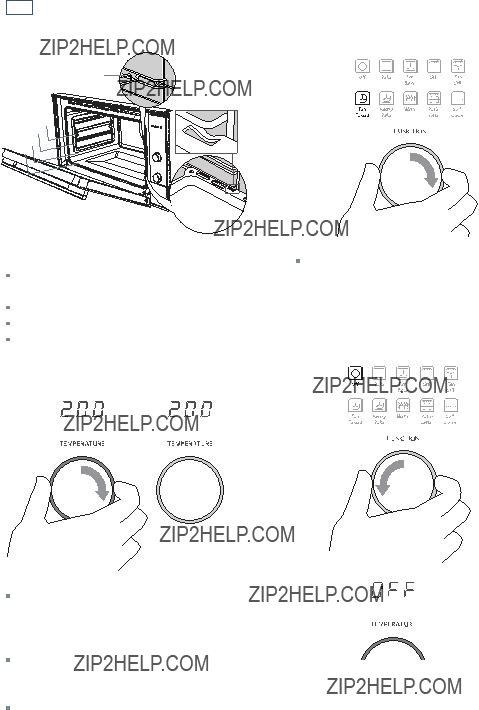
8 Using your CookSpace oven
Guard rail
 Stop notch
Stop notch
4
3
2
1
Shelf positions
1Slide in the shelves you will need, making sure that:
they are between the two wires of a shelf position
the stop notches point down the guard rail is at the back.
Note: the grill tray should be positioned between the two wires of a shelf position and orientated as shown.
Stop notch (NZ AU models only)
2Select a function.
The halo will glow white.
- - - - - -
3Set the temperature.
While the oven is heating up, the halo will glow red and the temperature indicator will alternately show the actual and set temperatures.
When the oven has reached set temperature, a long tone will sound and the halo will turn white.
Note: Grill 
 provides instant radiant heat, so the halo will stay red and there will be no tone.
provides instant radiant heat, so the halo will stay red and there will be no tone.
4When you have finished cooking, turn the function dial to Off  .
.
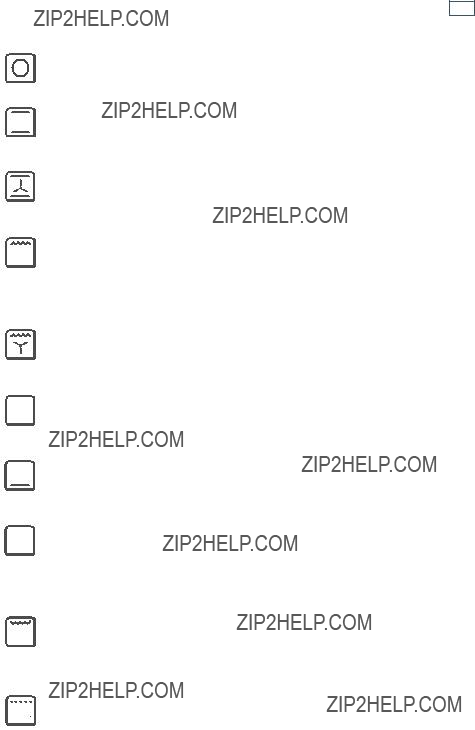
Oven functions 9
Off
Selecting this will turn the oven off.
Bake
This is the traditional method of baking. It is best to bake on only one shelf at a time in this function. Ideal for large cakes and dishes that bake for several hours.
Fan Bake
Ideal for dishes like lasagne that need to brown on top and also single trays of small cakes or biscuits that bake in less than an hour.
Grill
Grill is the most suitable function for ???finishing off??? many meals, for example browning the top of potato gratin and frittata. Use Grill to toast bread or to grill your favourite chicken, fish and steak. Note: heat levels are from LO (50% power) to HI (100% power), with settings from 1 to 9 in between. Grill provides instant radiant heat, so the temperature dial halo will stay red.
Fan Grill
Ideal for roasting tender cuts of meat and poultry. Use the lower shelf positions for larger items eg a whole chicken.
 Fan Forced
Fan Forced
Great for
 Pastry Bake
Pastry Bake
Excellent for sweet and savoury pastry foods, for moist breads and brownies and cookies that you want extra chewy.

 Warm
Warm
Use this function to keep cooked food hot and to warm plates and serving dishes. To reheat food from cold, use a cooking function at 150??C, then switch to Warm set between
 Rotisserie
Rotisserie
Rotisserie is a delicious way to cook meat and poultry. The slowly rotating food is basted continuously in its own juices, making it tender on the inside and well browned and full of flavour on the outside. See ???Using the rotisserie???.

 Self Clean
Self Clean
The Self Clean cycle takes care of the mess and grime that is traditionally associated with oven cleaning. See ???Using the Self Clean function??? for details. Note: this is NOT a cooking function.
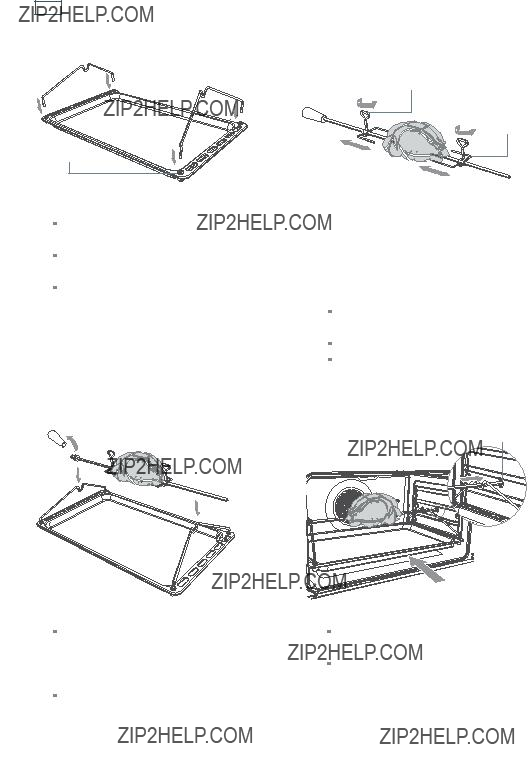
10 Using the rotisserie
Lock stud
1Prepare the rotisserie supports.
Place the grill tray on the benchtop.
Insert the supports into the lock studs.
Push the supports all the way down to lock them in firmly.
3Position the skewer on the supports.
Place the skewer on the supports, and check that the meat does not touch the grill tray.
Twist the handle off. It must not be left in the oven.
Rotate the fork screws to loosen and tighten
Fork
Skewer 
2Secure the meat.
Important!
Take care, the forks are sharp!
When securing the meat, ensure that:  the skewer goes through the
the skewer goes through the
centre of the meat
the forks hold the meat firmly in place
the fork screws are tightened
there are no loose or projecting parts. Poultry should be trussed.
Note: the rotisserie can rotate up to 6 kg of meat.
Rotisserie drive hole 
4Place the rotisserie in the oven.
Slide the grill tray all the way to the back on shelf position 1. Push the skewer through the hole cover on the

5Select the Rotisserie  function.
function.
The skewer will start rotating. Check that the meat does not touch
the grill tray or the grill element at the top of the oven.
Using the rotisserie 11
6Set the temperature.
We recommend around 210 ??C.
When you have finished using the rotisserie
1Turn the oven off.
2 Using oven mitts, carefully disengage the right end of the skewer from the rotisserie drive hole. 3 Slide out the grill tray and place it on a
4 Twist the handle onto the left end of the skewer.
5Lift the skewer off the supports by the handle.
6Loosen the fork screws and slide the meat off the skewer.
Tips for using the rotisserie
For food safety reasons, we do not recommend using the rotisserie with stuffed meat.
If your meat is too big or heavy (over 6 kg) for the skewer, place it on top of the grill rack in the grill tray, and use Fan Forced  . This function will give a result similar to a rotisserie.
. This function will give a result similar to a rotisserie.
Use a meat thermometer to ensure that meat is cooked through to a safe temperature. See ???Care and cleaning??? for advice on cleaning the rotisserie parts.

12 Using the timer
You can use the timer at any time, even if you are not using the oven.
If the time is more than an hour, the display will count down in minutes (hr:min). If it is less than an hour, it will count down in seconds (min:sec).
You can set the timer for up to 23 hours 59 minutes.
Important!
The timer does NOT turn the oven off.
4Press the select  button to confirm.
button to confirm.
The timer will then begin to count down.
5If you want to check the time of day, you can toggle between this and the timer countdown by pressing the scroll 
 buttons.
buttons.
To modify the timer setting
1 Make sure the display shows the remaining time counting down.
2Press the select  button.
button.
4Press the select  button to confirm.
button to confirm.
To cancel the timer setting
1Make sure the display shows the remaining time counting down.
2Press the cancel  button until the display shows the time of day and the timer
button until the display shows the time of day and the timer indicator disappears.
indicator disappears.
When the set time is up
The display will show 0:00 and a tone will sound every 15 seconds.
Press any button to stop the tone sounding. The display will revert to showing the time of day.
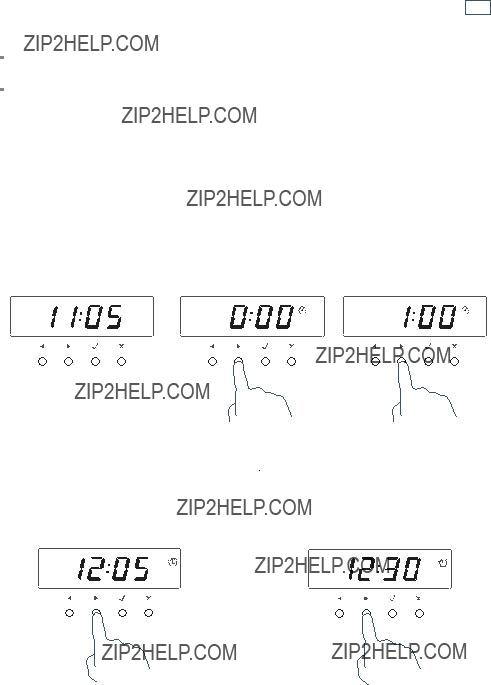
Automatic cooking 13
You can set the oven to automatically turn on later, cook for a preset time (cooking time), then automatically turn off at a preset stop time. See the example and instructions below (steps 1 to 7). If you start cooking manually and only want the oven to turn off automatically after a
set cooking time: simply set the cooking time following steps 1 to 3 below. The oven will automatically turn off when the cooking time is over.
Important!
Safe food handling: leave food in the oven for as short a time as possible before and after cooking or defrosting. This is to avoid contamination by organisms which may cause food poisoning. Take particular care during warmer weather.
Example: It is 11:05 a.m. You want your food to cook for 1 hour, and you would like it to be ready by lunchtime (12:30 p.m.)
Set the cooking time
1Check the clock shows the correct time of day.
Set the stop time
2a Press the right scroll  button three times to scroll to the cooking time
button three times to scroll to the cooking time  indicator.
indicator.
2b Press the select  button to confirm.
button to confirm.
3a Press the right scroll  button to set the cooking time. Make sure you allow for preheat time in your calculation.
button to set the cooking time. Make sure you allow for preheat time in your calculation.
3b Press the select  button to confirm.
button to confirm.
4a Press the right scroll  button once to scroll to the stop time
button once to scroll to the stop time  indicator.
indicator.
4b Press the select  button to confirm.
button to confirm.
5a Press the right scroll  button to set the time you would like your food to be ready by (ie the stop time).
button to set the time you would like your food to be ready by (ie the stop time).
5b Press the select  button to confirm.
button to confirm.
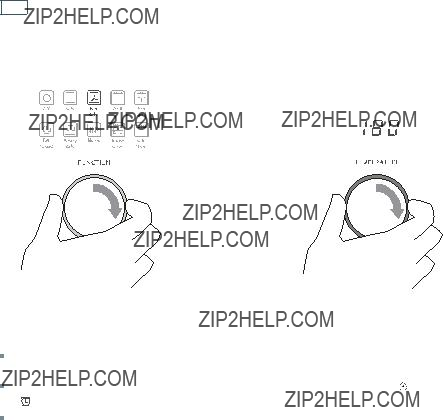
14 Automatic cooking
Select function and temperature
6 Select a function.7 Set the temperature.
When automatic cooking is set
The oven and the lights will stay off, the halos will be unlit, but your oven is now set for automatic cooking. It will automatically turn on at the required time.
Note: you can modify the function and temperature while the oven is waiting to start cooking.
When the stop time is reached
The oven will automatically turn off and a long tone will sound.
To check the set cooking time and stop time
Use the scroll 
 buttons.
buttons.
To cancel automatic cooking
Turn the function dial to Off  .
.

Baking chart 15
Please note:
The settings in the following chart are guidelines only. Follow the instructions in your recipe or on food packaging and be prepared to adjust the oven settings and baking times to achieve the best possible results for you.
Shelf positions are counted from the base up (1 is the lowest, 4 the highest).
Arrange oven shelves before you turn the oven on, then preheat the oven to the required temperature. Place items in the oven only when the long tone has sounded and the temperature dial halo has turned from red to white.*
Single shelf positions below use the flat oven shelf; where a multi shelf arrangement is recommended, the higher position uses the
Due to the width of the oven, a single shelf can usually accommodate double the standard recipe.
* Note: the colour change and tone may occur some time after the set temperature has been reached. This is
** This is a
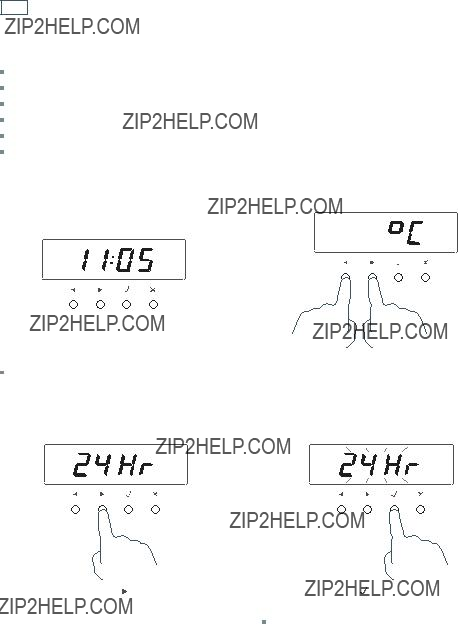
16 User preference settings
You can set your oven to:
display the temperature in degrees Celsius or Fahrenheit give audio feedback (tones and beeps) or operate quietly display time as
operate with the display off
have its lights on or off during cooking
operate in Sabbath setting (see ???Sabbath setting??? following).
How to change preference settings
1Check the display shows the time of day.
If you???re unsure, press the cancel  button twice.
button twice.
2Press and hold the scroll 
 buttons together for 3 seconds to enter the user preference menu.
buttons together for 3 seconds to enter the user preference menu.
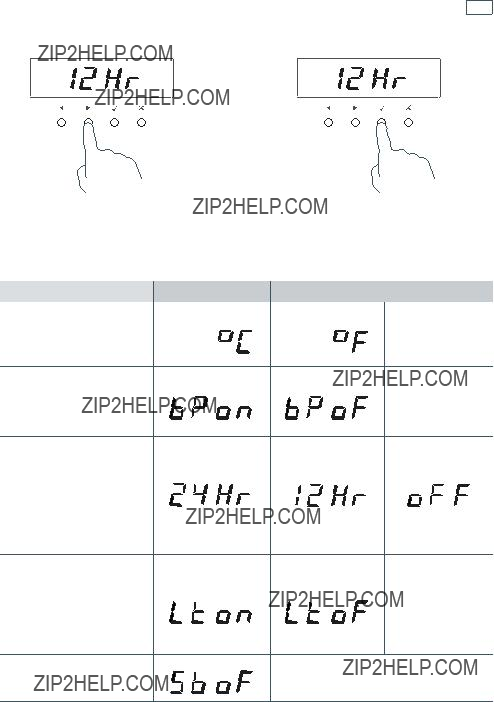
User preference settings 17
5Press the right scroll  button to scroll through the options for that particular setting. Refer to the table below.
button to scroll through the options for that particular setting. Refer to the table below.
6a Press the select  button to save the new option .
button to save the new option .
6b For all options except ???Display off??? :
press the cancel  button to quit the user preference menu.
button to quit the user preference menu.
* The timer tone and alert beeps will sound even if you save the BEEPS/TONES OFF option. ** With this option saved, you can still use the oven but the display will be unlit and the buttons will be unresponsive. To quit this option and enable the display, press and hold the cancel button.
button.

18 Sabbath setting
This setting is designed for religious faiths that observe a ???no work??? requirement on the Sabbath.
While your oven is in Sabbath setting
The display, dial halos and indicators will be unlit, the buttons will be unresponsive. No tones or beeps will sound.
No alert codes or temperature changes will be displayed.
The oven lights will stay on. If you want the oven lights to be off during Sabbath setting, first select the ???Lights off??? option as described in ???User preference settings???, and only then set Sabbath setting.
Bake  is the only function available in Sabbath setting.
is the only function available in Sabbath setting.
How to set Sabbath setting
1a Select the Bake  function.
function.
1b Set the desired temperature.
1c Wait until the oven starts up.
2Press and hold the scroll 
 buttons together for 3 seconds to enter the user preference menu.
buttons together for 3 seconds to enter the user preference menu.
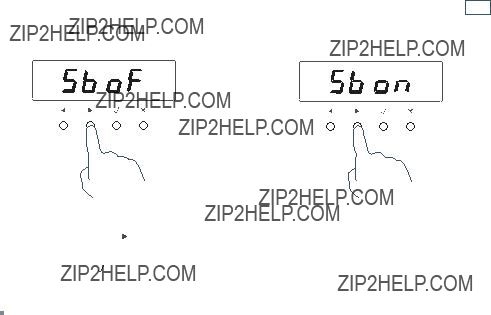
Sabbath setting 19
???Sabbath off???.
The display will flash.
4a Press the right scroll  button to scroll to the ???Sabbath on??? option.
button to scroll to the ???Sabbath on??? option.
4b Press the select  button to activate the new option.
button to activate the new option.
The display, indicators and dial halos will be unlit and unresponsive, but the oven will bake until you quit Sabbath setting.
To quit Sabbath setting
Press and hold the cancel  button until the time of day appears in the display and the oven turns off.
button until the time of day appears in the display and the oven turns off.
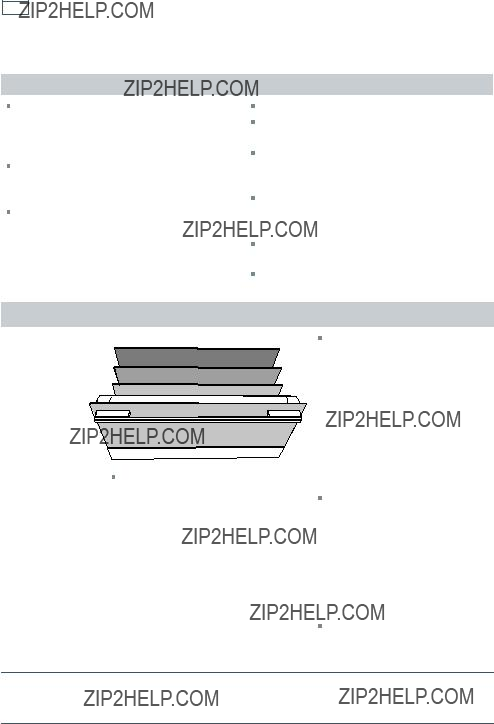
20 Care and cleaning
Manual cleaning
DOs
Before any manual cleaning or maintenance, first wait for the oven to cool down to a safe temperature to touch, then turn its power supply off at the wall.
Read these cleaning instructions and the ???Safety and warnings??? section before you start cleaning your oven.
To prevent soiling from becoming ???baked on??? and stubborn, we recommend removing any
DON???Ts
Don???t use a steam cleaner.
Don???t keep flammable substances in the oven.
Don???t use oven cleaners or any abrasive or harsh cleaners, cloths, scouring pads or steel wool.
Don???t leave alkaline (salty spills) or acidic substances (such as lemon juice or vinegar) on the oven surfaces.
Don???t use cleaning products with a chlorine or acidic base.
Don???t clean the oven seal (see ???Introduction???) or use any oven cleaning products on it.
What?
Glass surfaces (oven door panes, control panel)
How?
Door comprises a total of 4 glass panes
Aouter
To clean glass panes
1 Clean with a solution of mild detergent and hot water, then wipe dry.
2 Wipe with a glass cleaner and dry with a soft,
Important!
Don???t use oven cleaners or any other harsh/abrasive cleaners, cloths, scouring pads, steel wool or sharp metal scrapers to clean the glass surfaces. These scratch the glass and may damage its special coating, which in turn could result in the glass cracking or shattering.
Even if you only clean the inner pane (D), remove the door and the pane first. Cleaning the glass with the pane in the door may result in cleaning liquid running down the gaps and drying onto internal components.
Take particular care when cleaning the control panel glass.
Do not use stainless steel or oven cleaner on the dials, as doing so may damage their coating.

Stainless steel strip on the front of the oven door
Clean with a solution of mild detergent and hot water, then wipe dry with a microfibre cloth.
If necessary, use a suitable stainless steel cleaner and polish.
Always read the label to make sure that your stainless steel cleaner does not contain chlorine compounds as these are corrosive and may damage the appearance of your oven. Always rub the stainless steel in the direction of the grain.
Aluminium framing of oven door and plastic corner clips
Clean with a solution of mild detergent and hot water, then wipe dry.
To prevent soiling from becoming ???baked on??? and stubborn, we recommend removing any easy
Grill tray Grill rack Side racks
Oven shelves Rotisserie
parts Baking tray
Clean with a solution of mild detergent and hot water.
You don???t need to remove the four lock studs from the grill tray. They can be soaked and cleaned while fixed to the tray. Never leave any of these parts in the oven during a Self Clean cycle. They will get discoloured or damaged.
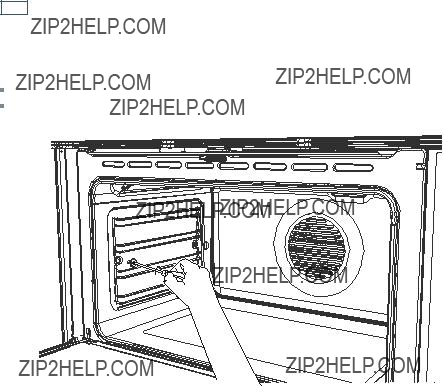
22 Care and cleaning
Removing and replacing the side racks
Use a
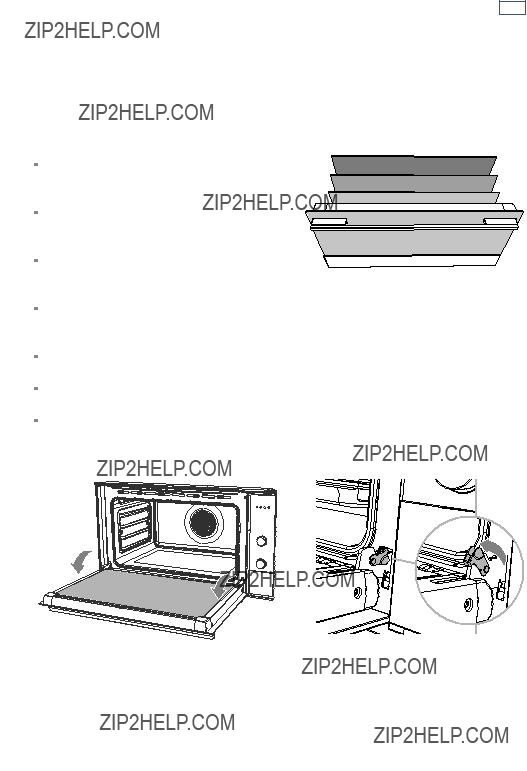
Care and cleaning 23
Removing and replacing the door glass panes for cleaning
Make sure you follow the precautions and instructions below very carefully. Replacing the glass panes and the door incorrectly may result in damage to the oven and may void your warranty.
against any surface. This may result in the glass shattering.
Don???t use oven cleaners or any other harsh/abrasive cleaners, cloths, scouring pads, steel wool or sharp metal scrapers to clean the glass surfaces. These scratch the glass and may damage its special coating, which in turn could result in the glass cracking or shattering.
If you notice any sign of damage on any of the glass panes (such as chipping or cracks), do not use the oven. Call your Authorised Repairer or Customer Care.
Make sure you replace all the glass panes correctly. Do not use the oven without all glass panes correctly in place.
If the glass panes feel difficult to remove or replace, do not force them. Call your Authorised Repairer or Customer Care for help. Note: service visits providing assistance with using or maintaining the oven are not covered by your warranty.
1a Make sure you have prepared enough space for resting the door and its glass panes on a clean, flat surface.
1b Open the door to its full extent.
2Open the levers on the left and right hinges to their full extent, as shown.
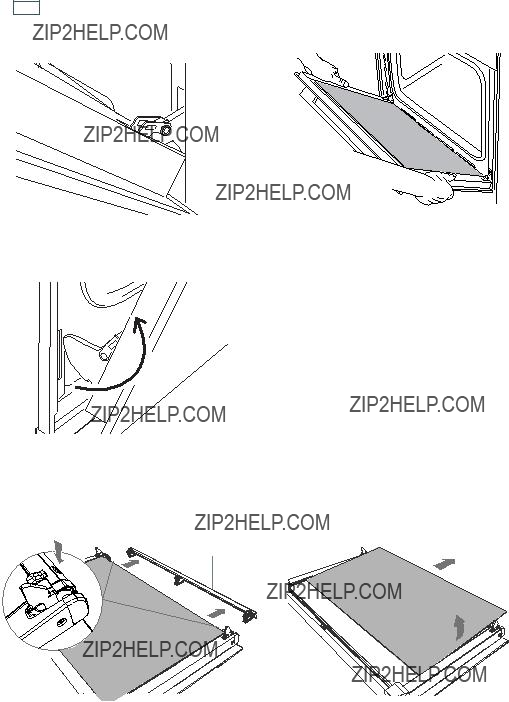
24 Care and cleaning
5a Lift the door and disengage the hinges. 5b Rest the door on a soft surface. Ensure you
lay it with the handle side down.
Remove the inner and middle glass panes (three in total)
2
1
1Press down on both tabs (1) to release the glass retainer (2).
2Lift the inner pane (D) slightly (1), then gently slide out (2).
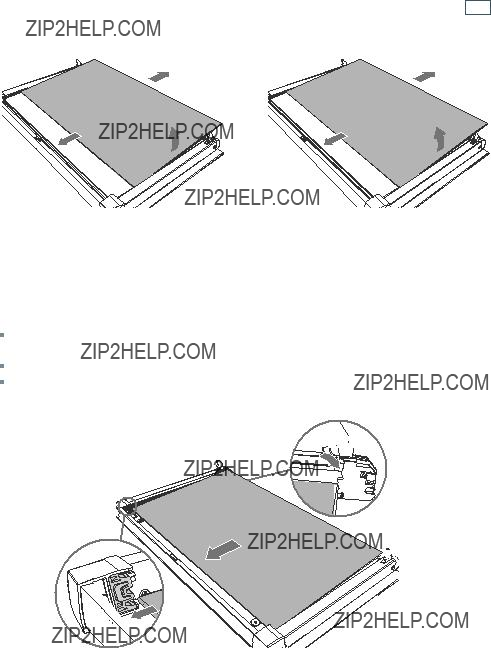
After cleaning, replace the glass panes
When replacing the glass panes, make sure that:
you replace all three panes correctly, as shown. Each pane must be in the position described below in order to fit into the door and to ensure that the oven operates safely and correctly
you take extra care not to bump the edges of the glass against any object or surface
you do not force any of the panes into place. If you are experiencing difficulties replacing the panes, remove them and start the process again from the beginning. If this still does not help, call Customer Care.
3






3 2 








 1
1
1Take either one of the middle panes (B or C) and hold it firmly. Insert it in the lowest pair of grooves (1), push it slightly towards yourself (2) and gently lower into place (3).
Note: the two middle panes (B and C) are identical.
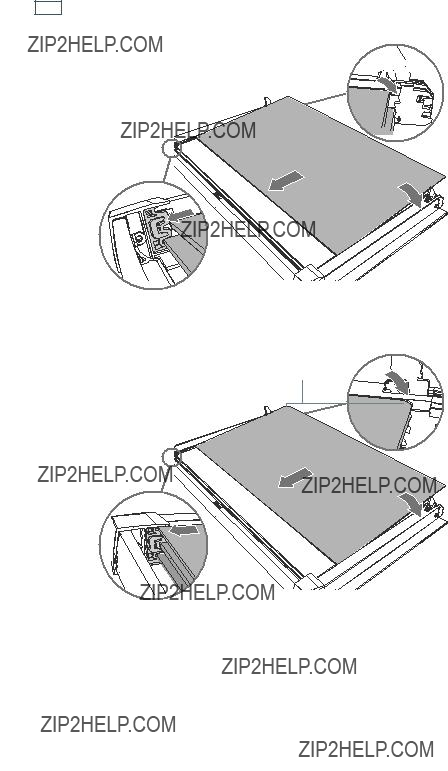
26 Care and cleaning
3






2
3
2Take the other middle pane and hold it firmly. Insert it in the next pair of grooves (1), push it slightly towards yourself (2) and gently lower into place (3).
2 3
1
3Take the inner pane (D), holding it with the
Important!
Make sure that the
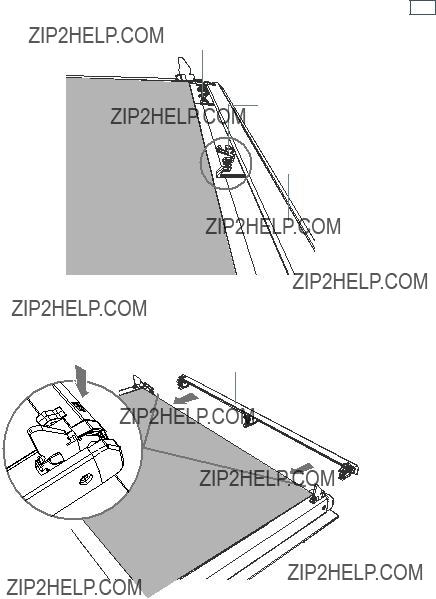
Care and cleaning 27
Clamp
Clamp
Glass retainer
4Position the glass retainer, as shown. It should sit on the bottom edge of the outer glass (A). Check that the clamps of the glass retainer are not deformed or damaged.
5Gently push the glass retainer back into place. You should be able to hear the tabs on both sides click as they lock the glass retainer in.
Important!
Make sure the glass retainer is correctly and firmly in place and that the glass panes are secure.
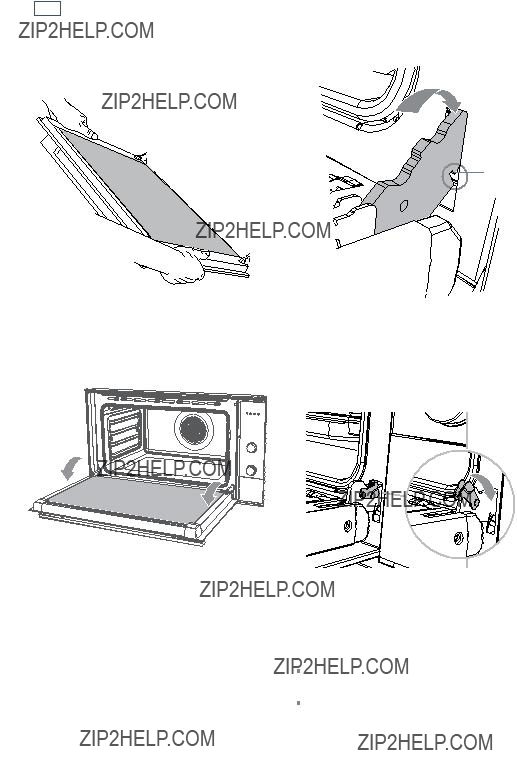
28 Care and cleaning
Refit the door
1Hold the door firmly.
3Open the door to its full extent.
Notch
2Insert the hinge tongues into the slots, making sure that the notches on both sides drop into place as shown.
4a Fully close the levers on the left and right hinges, as shown.
4b Close the door, turn the power supply to the oven on at the wall, then check that the door is properly in place:
When you open the door, the lights in the oven should come on.
When you close the door, the lights in the oven should turn off.
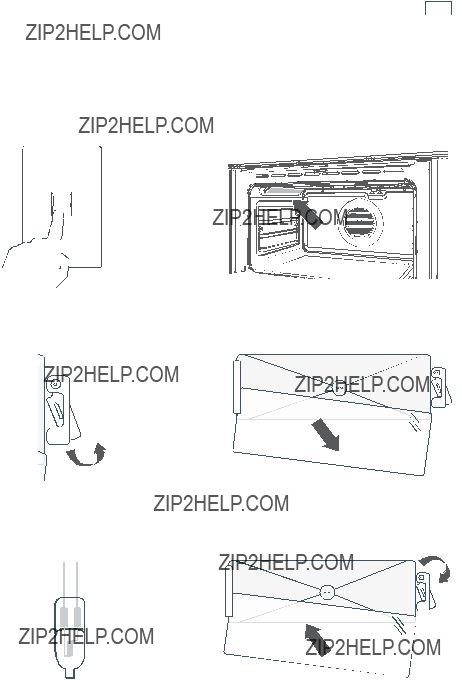
Care and cleaning 29
Replacing the oven light bulbs
The oven light bulbs (12V/20 W halogen) have a very long life, but if you should need to replace one, use only a replacement bulb purchased from your nearest Fisher & Paykel dealer and follow these steps. Note: oven bulb replacement is not covered by your warranty.
1Allow the oven to cool down, then turn it off at the mains power supply (wall switch).
2Remove any oven shelves that may get in the way.
3Using a
4Carefully lift the glass cover out of the retaining bracket in the back and pull out the faulty bulb.
5Hold the replacement bulb in a soft cloth or tissue (touching the bulb will reduce its life span) and insert it into the socket.
6a Reposition the glass cover and twist the retainer clip back in place.
6b Turn the oven back on at the mains power supply (wall switch).
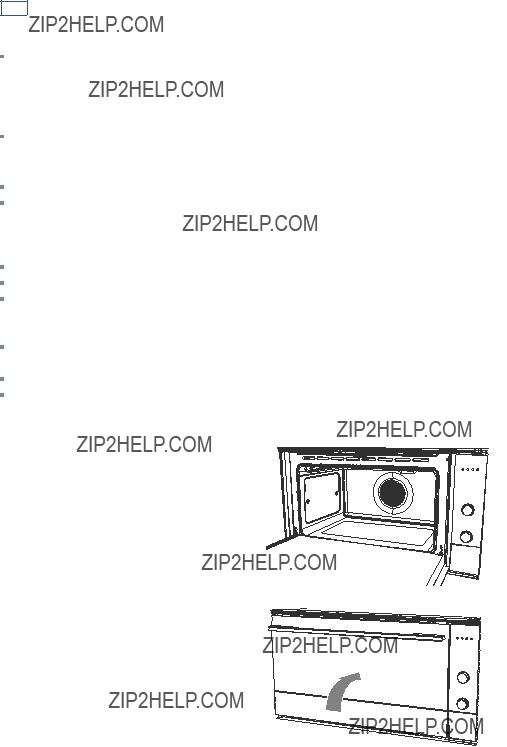
30 Using the Self Clean function
This convenient pyrolytic Self Clean function takes care of the mess and grime that is traditionally associated with oven cleaning. The extremely high temperature during a Self Clean cycle burns off and breaks down stubborn soil and grease deposits. All that remains is a clean oven cavity with a little grey ash which you can easily remove. Note: the inner glass pane (D) of the door may need to be cleaned manually. See ???Care and cleaning???.
A Self Clean cycle lasts about 3 hours.
Important!
Do not use oven cleaners, any degreasing cleaners, or oven liners.
Make sure you remove the side racks, oven shelves and trays, rotisserie and all other bakeware and utensils from the oven before starting a Self Clean cycle. If left in the oven, they will become permanently discoloured or damaged; items made from combustible materials (eg wood, fabric, plastic) may even catch fire.
Do not use your oven to clean miscellaneous parts. Make sure the room is well ventilated.
Before starting a Self Clean cycle, make sure you move any pet birds to another, closed and well- ventilated room. Some pet birds are extremely sensitive to the fumes given off during a Self Clean cycle, and may die if left in the same room as the oven during such a cycle.
During a Self Clean cycle, the oven reaches higher temperatures than it does for cooking. Under such conditions, the surfaces may get hotter than usual and children should be kept away.
The oven door will be locked during the Self Clean cycle (approximately 3 hours).
If there are cracks or flaws on any of the oven door glass panes, if the oven seal is damaged or worn, or if the door does not close properly, do not start a Self Clean cycle. Call your Authorised Repairer or Customer Care.
To start a Self Clean cycle
1a Remove oven shelves, side racks and all other accessories, bakeware, and utensils.
1b Wipe up any spills. Failure to do so may discolour the oven surfaces.
1c Check the inner glass pane of the oven door (D). If it has soiling on it (eg stains from greasy splatter), you will need to clean it manually before starting a Self Clean cycle. For instructions, see ???Care and cleaning???.
Important!
If soiling is left on the glass, it will become burnt on during the Self Clean cycle, making it very difficult to remove.
2 Close the oven door firmly.
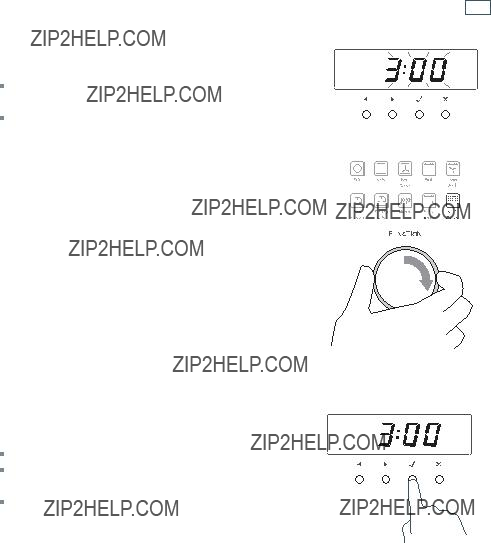
Using the Self Clean function 31
3 Select the Self Clean  function.
function.
The display will flash 3:00, indicating the duration of a Self Clean cycle (3 hours).
The temperature indicator will be blank, as temperature cannot be adjusted.
4 Once the display is flashing 3:00, press the select  button to start the Self Clean cycle.
button to start the Self Clean cycle.
The time will start counting down.
For your safety, the oven door will automatically lock and remain locked during the cycle.
Note: if the select  button is not pressed within 15 seconds, the oven will automatically turn off. Start from step 3 again.
button is not pressed within 15 seconds, the oven will automatically turn off. Start from step 3 again.

32 Using the Self Clean function
When a Self Clean cycle has finished
The oven will: emit a long tone
automatically turn off automatically unlock the door.
In a few seconds, the display will show the time of day.
You need to:
1wait for the oven to cool down completely
2 remove the grey ash with a small brush or damp cloth 3 wipe out the oven with a clean damp cloth
4dry with a clean
5replace the side racks and shelves.
To cancel a Self Clean cycle
Important!
A Self Clean cycle can only be cancelled while the function dial halo is lit.
If the function dial halo is unlit, the Self Clean cycle is in its
OR
To cancel a Self Clean cycle, press the cancel  button or turn the function dial in either direction.
button or turn the function dial in either direction.
If the oven needs to cool down, the Self Clean  function indicator will stay lit, the display will show the remaining
function indicator will stay lit, the display will show the remaining 

 and the door will remain locked.
and the door will remain locked.
When it has cooled down, the oven will turn off, the door will unlock, a long tone will sound and the display will show the time of day.
We do not recommend cancelling a Self Clean cycle and then immediately starting one again.
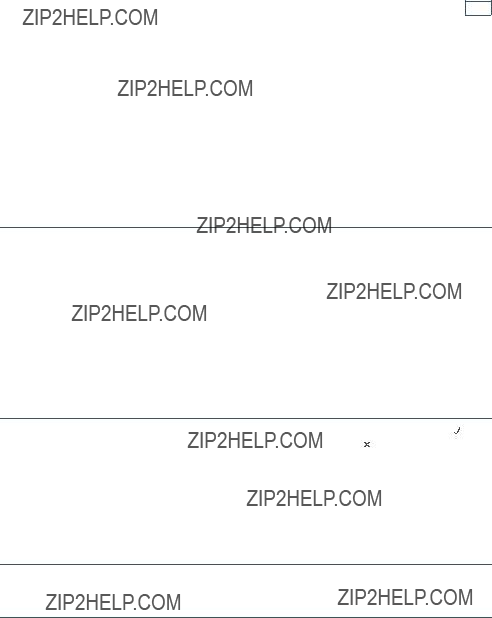
Troubleshooting 33
Troubleshooting chart
If there is a problem, check the chart below to see if you can fix it. If the problem cannot be fixed or persists, call your Authorised Repairer or Customer Care.
The lights do not come on when I open the oven door.
The oven light bulb(s) have blown.
The door is not correctly fitted.
Replace the light bulb(s). See ???Care and cleaning??? for instructions.
See ???Care and cleaning??? for instructions on fitting the door correctly.
The oven is in Sabbath setting and the ???Light off??? option has been saved.
To quit Sabbath setting, press and hold the cancel button. See ???User preference settings??? for instructions on changing the ???Light off??? option.
button. See ???User preference settings??? for instructions on changing the ???Light off??? option.
A glass pane in the oven door has cracked, chipped, or shattered.
Incorrect cleaning or the edge of the glass hitting against something.
You must NOT use the oven. Call your Authorised Repairer or Customer Care.
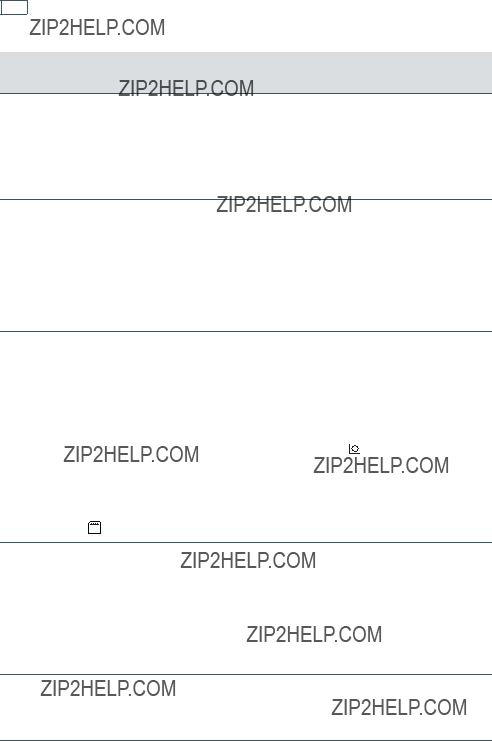
34 Troubleshooting
General
The oven has reached the set temperature but the temperature dial halo is still red (indicating that the oven is not ready to use).
This is normal: when heating up from cold, your oven is designed to initially heat to a temperature somewhat higher than what you have set. This is to provide optimal baking conditions right from the start.
Wait until a long tone sounds and the temperature dial halo turns white: the oven will then be ready to use.
To quit the ???Display off??? option, press and hold the cancel button until the display shows the time of day.
button until the display shows the time of day.
The oven is in Sabbath setting.
To quit Sabbath setting, press and hold the cancel button until the display shows the time of day.
button until the display shows the time of day.
The rotisserie skewer will The skewer did not fully engage in
Make sure the skewer is pushed fully into the rotisserie drive hole.
To get a finish similiar to a rotisserie for pieces of meat or poultry heavier than 6 kg, use the grill tray and rack and the
Fan Forced  function.
function.
The rotisserie skewer stops rotating when I open the door.
This is normal: the rotisserie drive is disabled while the door is open.
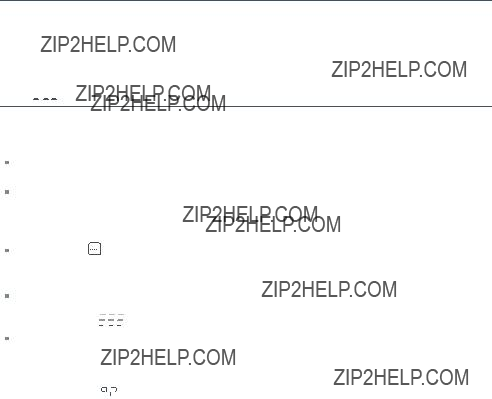
already underway, the oven still needs to cool down before it can be used. The oven door will automatically unlock.
At a point during a Self Clean cycle, the function dial halo goes out
and the temperature indicator starts displaying cascading bars 
 .
.
This is normal: the oven is in the last phase of the Self Clean cycle, cooling down.
Wait until the Self Clean cycle has finished. A long tone will sound and the oven door will automatically unlock when the oven is ready to use.

36 Alert codes
If there is a problem, the oven will: automatically suspend all oven functions beep five times
display an alert code.
Important!
Do not turn off the mains power supply to the oven (wall switch) if you get an alert code, unless the instructions in the chart following specifically instruct you to. There are cooling fans within the oven which are needed to cool the oven???s components. Turning off the power while the oven is too hot may damage the oven and its surrounding cabinetry.
What to do if an alert code is displayed
1If the beeping hasn???t stopped already, press any button to stop it.
2Make a note of the alert code displayed. You may need this information.
3Check the chart following to see if you can fix the problem yourself and follow the instructions.
4If you can fix the problem and the alert code does not reappear, you can keep using your oven.
OR
If you can???t fix the problem yourself or the alert code reappears and the problem persists: wait until the cooling fans have stopped and the oven has completely cooled down, then turn the power to the oven off at the wall and call your Authorised Repairer or Customer Care with the alert code information.
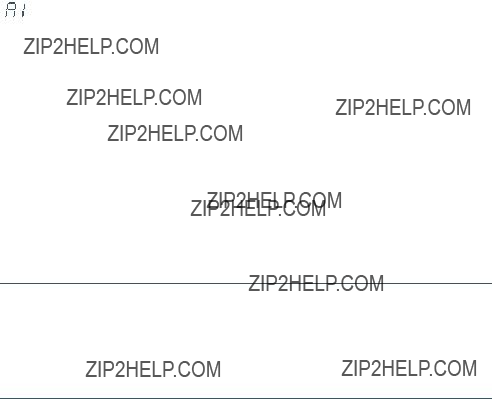
A

Door lock error: the door cannot be locked after you have started a Self Clean cycle.
1Turn the power to the oven off at the wall and on again.
2Wait approximately 10 seconds. This is to allow the door lock to return to its initial position.
3Set the clock. See ???Setting the clock and first use??? for instructions.
4Try starting a Self Clean cycle again, making sure that you close the door firmly. See ???Using the Self Clean function???.
Door lock error: the door cannot A3 be unlocked after a Self Clean
cycle has finished.
1Turn the power to the oven off at the wall and on again.
2Try pressing on the oven door to help the door lock disengage.
3If this doesn???t help and the alert code reappears, call your Authorised Repairer or Customer Care.

38 Warranty and service
Before you call for service or assistance ...
Check the things you can do yourself. Refer to the installation instructions and your user guide and check that:
1your product is correctly installed.
2you are familiar with its normal operation.
If after checking these points you still need assistance or parts, please refer to the Service & Warranty book for warranty details and your nearest Authorised Repairer, or contact us through our local website listed on the back cover:
This oven has been designed and constructed in accordance with the following codes and specifications:
In New Zealand and Australia:
AS/NZS
AS/NZS
In Europe:
Safety requirements of EEC Directive ???Low voltage??? 2006/95:
-EN
-EN
Safety requirements of EEC Directive ???EMC??? 89/336:
-EN
Requirements of EEC Directive 93/68.
European directive 2002/96/EC on Waste Electrical and Electronic Equipment (WEEE) (for European Union countries only)
GB This appliance is marked according to the European directive 2002/96/EC on Waste Electrical and Electronic Equipment (WEEE). By ensuring this product is disposed of correctly, you will help prevent potential negative consequences for the environment and human health, which could otherwise be caused by inappropriate waste handling of this product.
The symbol  on the product, or on the documents accompanying the product, indicates that this appliance may not be treated as household waste. Instead it shall be handed over to the applicable collection point for the recycling of electrical and electronic equipment. Disposal must be carried out in accordance with local environmental regulations for waste disposal.
on the product, or on the documents accompanying the product, indicates that this appliance may not be treated as household waste. Instead it shall be handed over to the applicable collection point for the recycling of electrical and electronic equipment. Disposal must be carried out in accordance with local environmental regulations for waste disposal.
For more detailed information about treatment, recovery and recycling of this product, please contact your local city office, your household waste disposal service or the shop where you purchased the product.

www.fisherpaykel.co.nz
www.fisherpaykel.com.au
www.fisherpaykel.co.uk
www.fisherpaykel.ie
Copyright ?? Fisher & Paykel 2009. All rights reserved.
The product specifications in this booklet apply to the specific products and models described at the date of issue. Under our policy of continuous product improvement, these specifications may change at any time. You should therefore check with your Dealer to ensure this booklet correctly describes the product currently available.